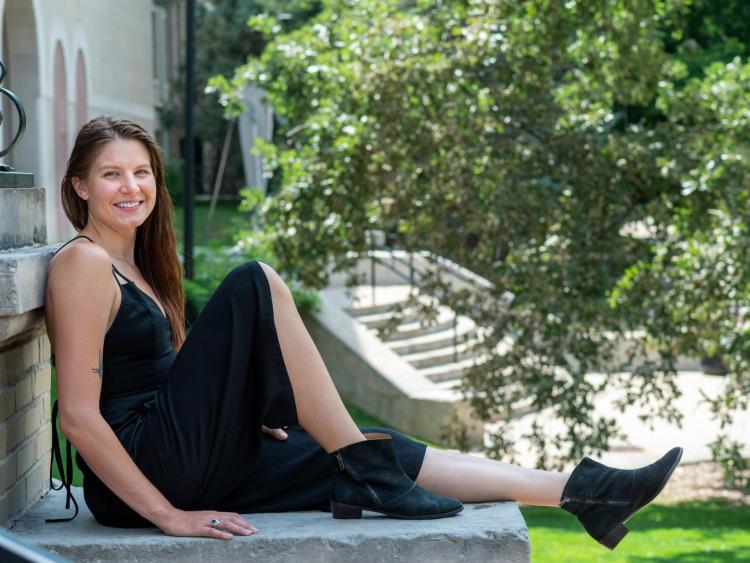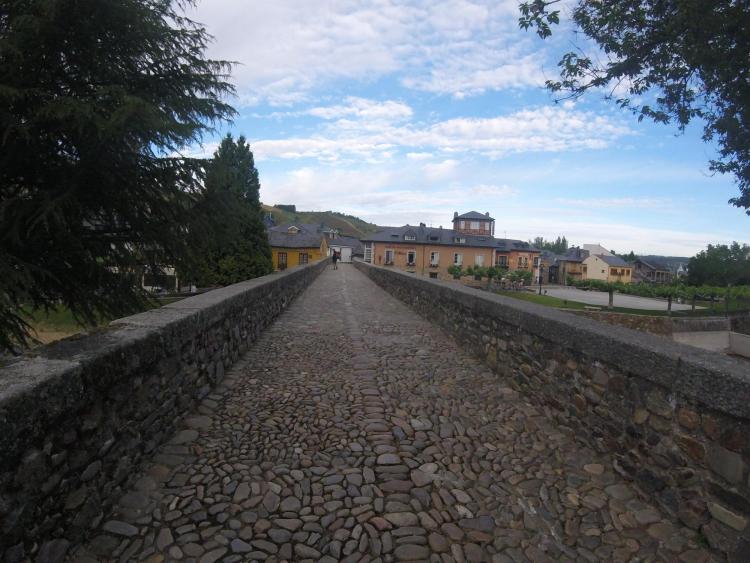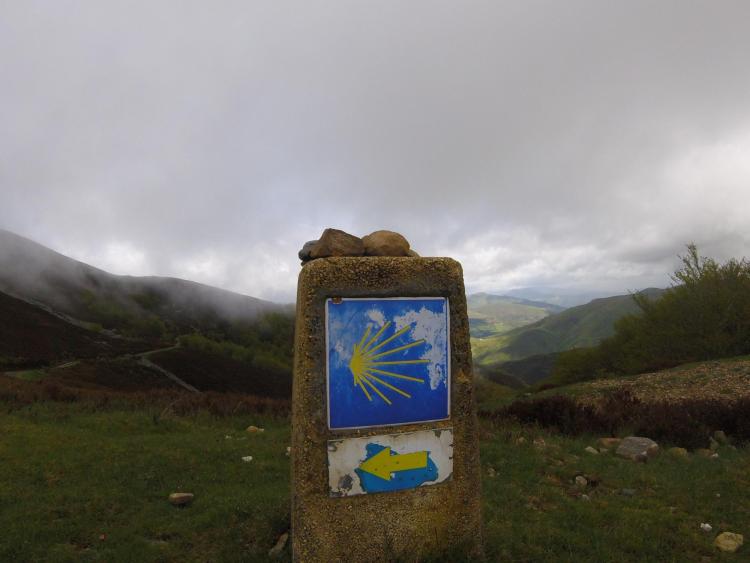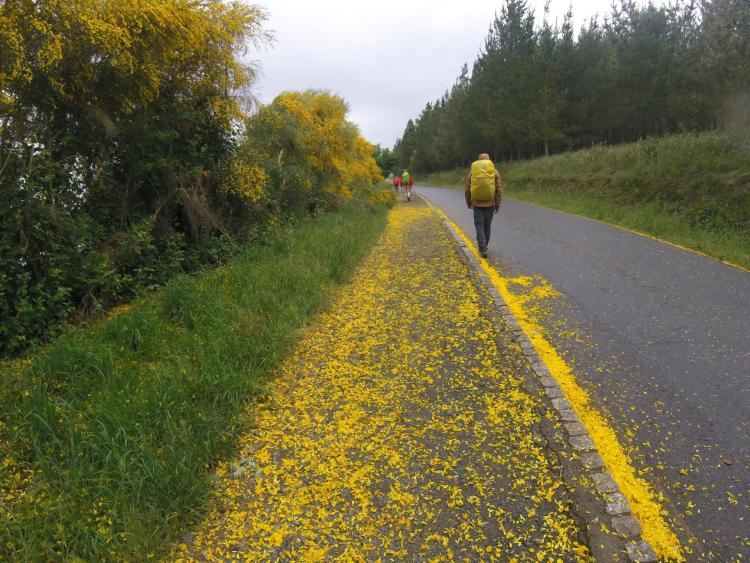Beyond Boulder: Finding clarity and direction on 500-mile trek through Spain

This summer, CU Boulder dance major Amy Linhoff made the walk, arriving at the end of 30 days with a new-found clarity about what she wants from her senior year and beyond.
While Linhoff made this a solitary journey, she rarely walked alone. People of all ages and from all parts of the world have been walking the Catholic pilgrimage route since the ninth century.
“I needed a break from my life and I wanted to be with my thoughts and just walk,” she said. “My roommate did it. The more she talked about it, the more I was drawn to doing it. The structure of the walk appealed to me so I wouldn’t be just aimlessly walking through Spain. I wanted to challenge myself in a different way.”
Linhoff, who will graduate in fall 2020, is also earning a minor in Technology, Arts and Media, a program in the ATLAS Institute at CU Boulder.
There are a number of routes for the Camino de Santiago. Linhoff took the Camino Francés (the French Way), which starts on the French side of the Pyrenees Mountains. This route has a network of albergues (dorms and inns for pilgrims), where Linhoff stayed at night.
This isn’t the first time Linhoff has walked a spiritual path. Two years ago, she studied in Bhutan in the Eastern Himalayas through a Naropa University program. Much of the work she did there was hiking to different monasteries and spiritual sites to participate in the cultural practices of the community they were living in.
“There’s so much intention and positive energy that lives in a landscape,” she said. “You become a part of a community with people from all over the world setting their own intentions with a shared goal at the end.”
As she walked, Linhoff let go of the need to focus on making a plan for what comes next and took a mental break from worry and stress.
“As a dancer, I wanted movement to be a part of my meditation,” she said. “It’s so simple. You’re just walking. You’re moving through the landscape, which is not something people do. We use cars; we’re barely walking on the earth.”
Linhoff found camaraderie from sharing the trail with others walking for their own reasons. She met a couple in their 80s who were walking the Camino for the 10th time. And she made friends she has been in contact with since returning home.
Although Linhoff is still figuring out what she wants to do after graduation, her path forward is clearer than before.
“Before I left, I felt unclear about what I wanted to continue doing at CU,” she said. “Along the walk, I had the realization that my life had been so serious. I was bogged down by the idea that I have to do something great, but I didn’t know what that was. Now, I’m actually OK with not having a structured plan yet. It will come. I know that I want to be fully present in my life, finish my degree and see what comes next. Time is short. I don’t want to spend it doing things that don’t serve me in a profound way.”
On that last June day of her walk, Linhoff sat on the steps of the cathedral with a new friend from Verona, Italy, she met on the walk, and spent time reflecting on their accomplishment.
“We just sat there,” she said. “I felt every muscle in my body relax. I had no thoughts. After 30 days of the routine of walking, and then knowing I didn’t have to walk the next day was wild.”





